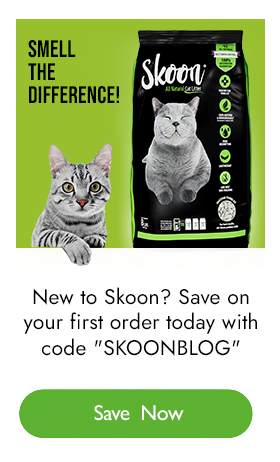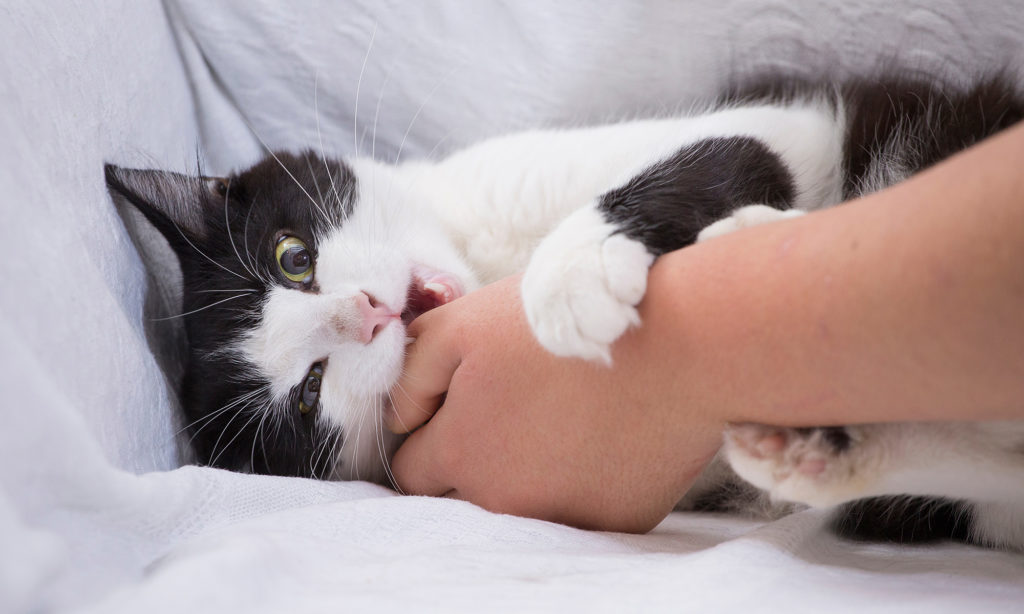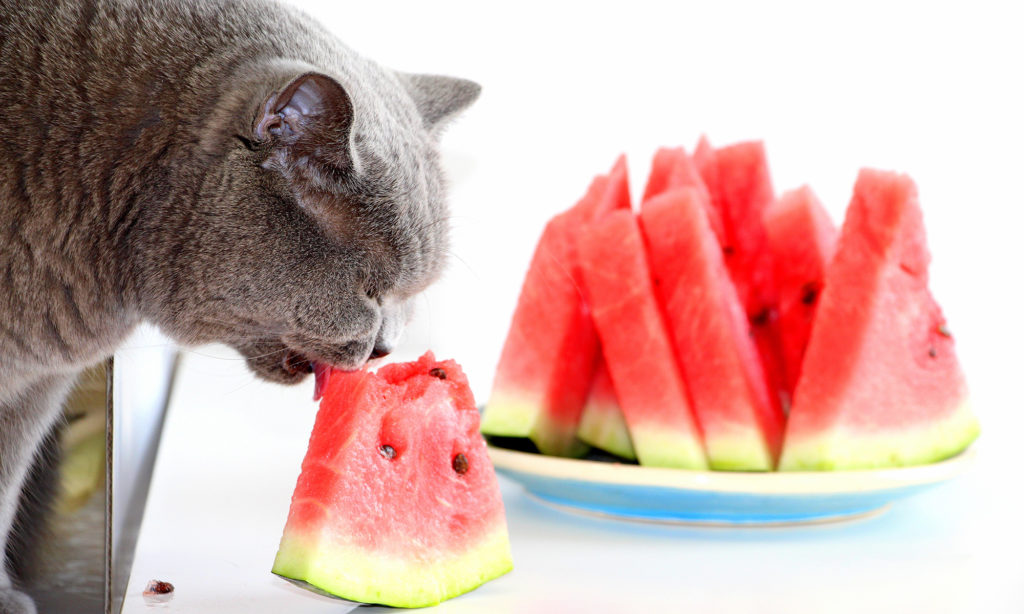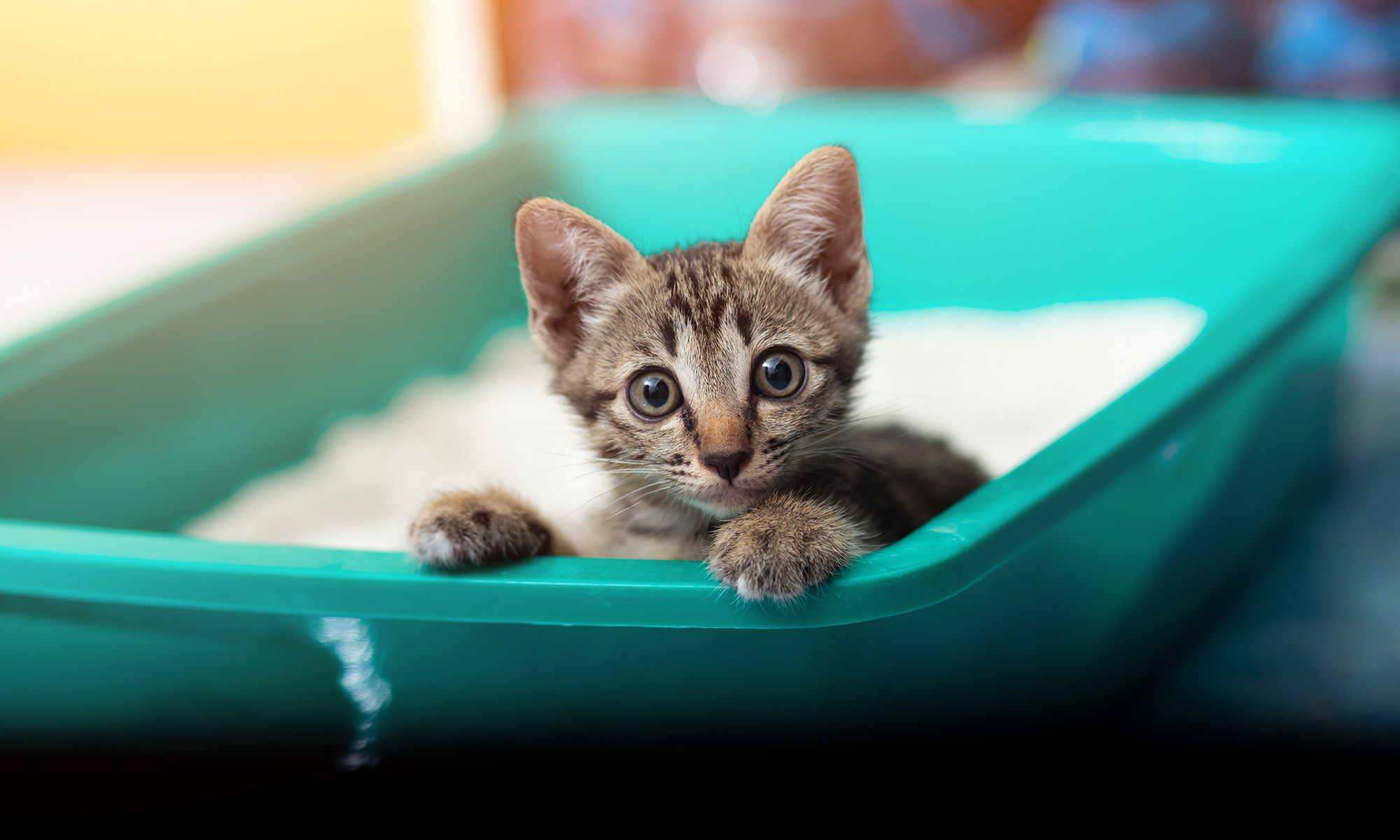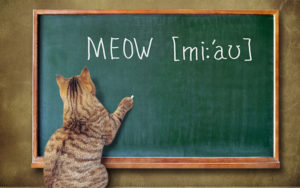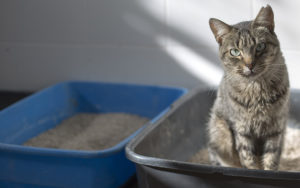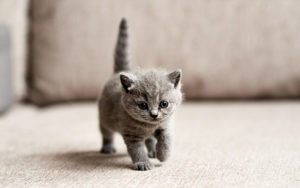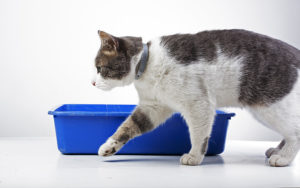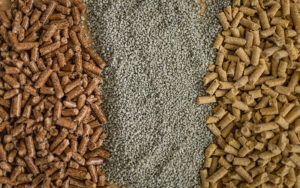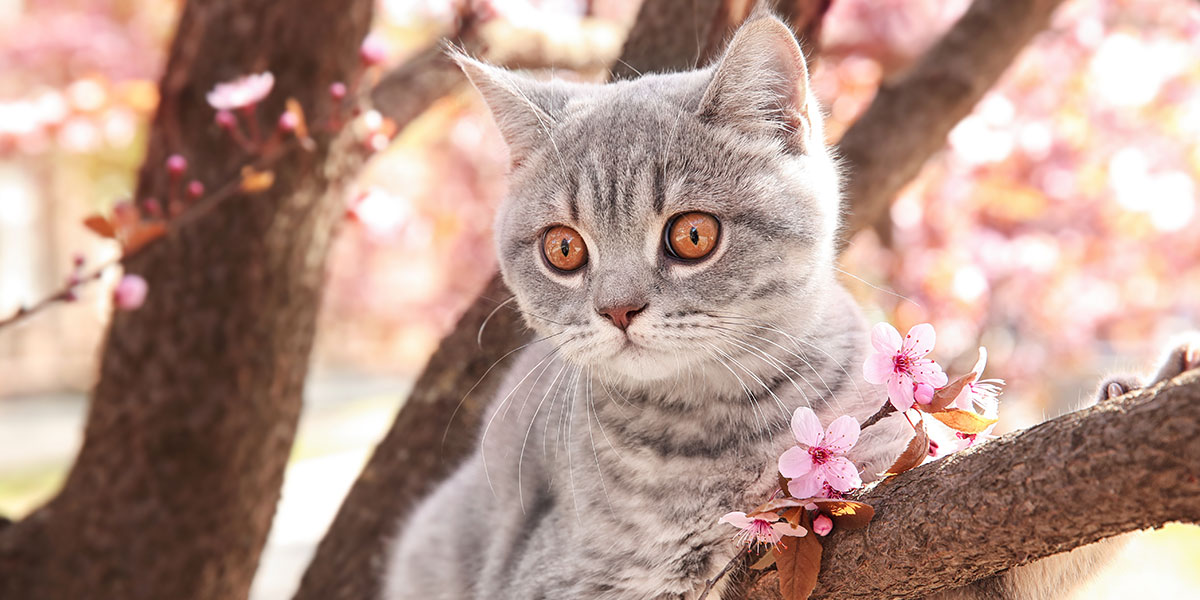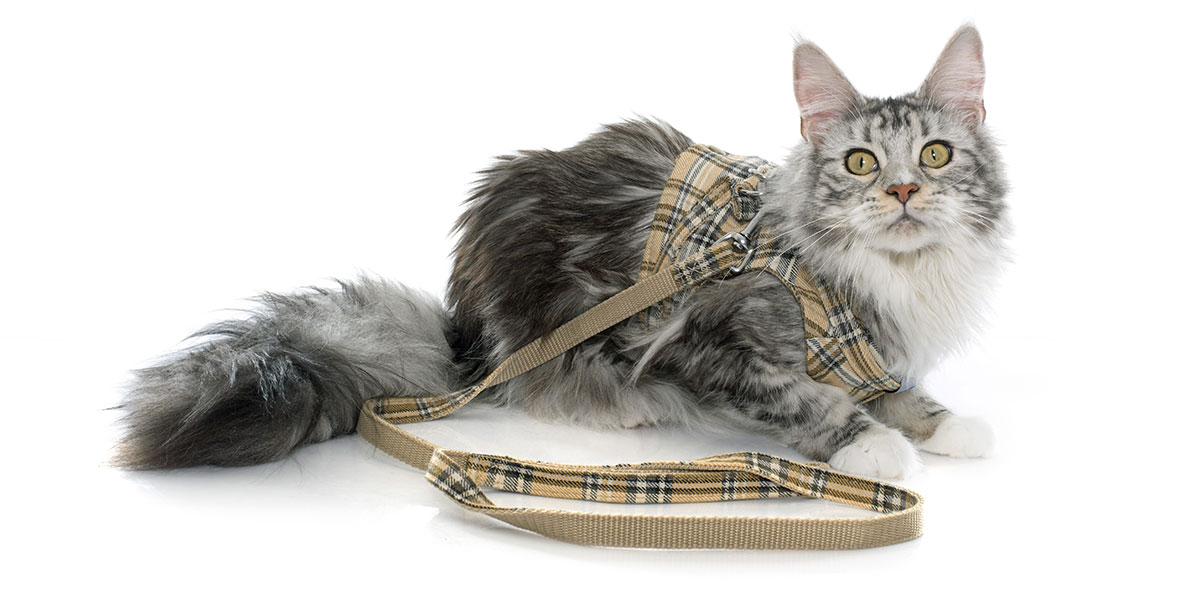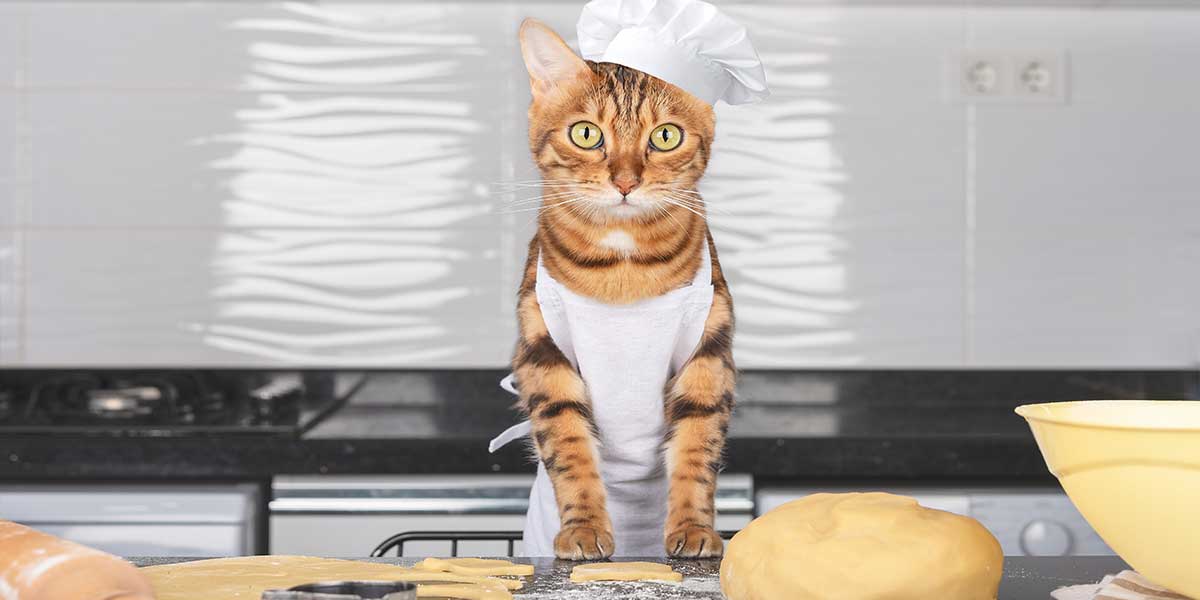Here Are the Signs Your Cat Needs Non-Clumping Cat Litter
You and your cat speak your own language. Sometimes their “meows” may be hard-to-read, but all in all, you typically understand what you’re cat is trying to tell you — like when they nudge your arm to tell you that they want a cuddle or zoom over to their food bowl because they’re ready for their dinnertime feed. But sometimes, even your best furry friend can be hard to read, especially when it comes to the more, ahem, private aspects of their life. Similar to cat food and, well, just about everything else, cats are very particular when it comes to kitty litter. In fact, some won’t even go near a litter box if it’s filled with — dare we say — scented litter that isn’t soft enough for their delicate paws. As you try to figure out the best kitty litter for your feline, it’s best to know all the options available to you, as well as what signs to look out for when you first introduce your cat to this litter type. At Skoon, we’re (obviously) a fan of non-clumping cat litter since it’s often more accessible for the cat to manage, as well as for the cat owner to keep clean (believe it or not). But that’s not to say that it’s always the best type of kitty litter for your cat or you, for that matter. Here, we’ve gathered everything you need to know about non-clumping cat litter, including when it’s the right move for your cat’s health to switch over from the clumping varieties.
The Main Differences Between Clumping and Non-Clumping Cat Litter
If you stroll down the kitty litter aisle at the pet store, you’ll see two different varieties: clumping or non-clumping cat litter. The difference may be noticeable (clumping?), but there are benefits of using both kinds — for both you and your feline. Clumping cat litter is generally the preferred choice for most cat owners since it’s easier to spot and remove cat feces and urine from the litter box. The clumping action is often a result of ‘bentonite,’ — a chemical ingredient that causes liquids to form into a solid mass. Every few days, it’s best to scoop out the clips and refresh the litter box with an equal amount of fresh clumping cat litter. You still have to clean the litter boxes weekly, but the day-to-day upkeep may be less time-consuming and most importantly, messy.Although non-clumping cat litter makes weekly clean-up more of a chore, it is better at absorbing large volumes of cat urine, ultimately doing a better job at masking nasty odors. There are many different types of non-clumping cat litters (clay, crystal, pine and pepper are the most common), but the ones that include baking soda or charcoal are specifically designed to get rid of odors, stat. Of course, the pee and feces are still there even if you can’t smell it, so you still have to do a complete litter box overhaul weekly to make sure your furry friend has a clean, fresh-smelling place to do their business.
When It’s Best to Use Non-Clumping Cat Litter
In most cases, you can use either type of cat litter. Kittens, however, should stay away from clumping litter since they may mistake the clumps for food. The materials also tend to be softer on their baby paws and lighter in weight so that they can cover up their messes with little effort. This also works in your favor: Non-clumping cat litter is more absorbent of pet odors, which comes in handy as your kitten is in their early days of potty training. While some cat owners do switch to clumping cat litter once their pet has reached adulthood, it’s definitely not necessary. In fact, many people choose to use non-clumping for the life of their animal. Skoon’s formula is safe for kittens, preferred by cats, and the easiest solution for cat owners.
Telltale Signs That Your Cat Likes or Dislikes Non-Clumping Cat Litter
Think about it: Most humans have a toilet paper preference — some can work with one-ply, others won’t buy anything but two-ply, and many will only buy TP from a specific brand. Cats are pretty much the same way. Similar to cat food, felines have kitty litter preferences, and they’ll make it known to their owners over time. In general, cats like soft litter can easily move around, whether it’s to dig up a comfortable spot for them to sit or cover up their mess. With that being said, each cat has a personal preference: Some cats prefer lightweight paper or pine litter, while others have no problem going to the bathroom in clay or crystal litter. The problem: Cats can’t just give you a head’s up if they don’t like the litter you buy. Often, they’ll rebel by avoiding the litter box altogether and going to the bathroom in other areas of your house. Other cats may go to the toilet quickly and then make a sudden run for it (which may be mistaken for the zoomies). You may also notice your cat violently shaking its paws after exiting the litter box or even pawing at the wall as it’s going to the bathroom as a way to remove any traces of the litter’s scent from its body.Keep in mind that sometimes these behaviors may indicate that the cat doesn’t like the placement of the litter box, the depth of the litter or the scent of another cat’s mess. Any additional household-related stress, like having a new kitten in their space, may also impact their bathroom habits. Before you switch over to a new type of kitty litter (more on that later), try moving the litter box into a new location, clean it regularly and make sure you have the appropriate amount of litter boxes for the number of cats in your house. (One litter box per cat is recommended).
How to Transition Your Cat to a New Cat Litter
Switching cat litter follows a similar approach to transitioning your cat’s food. Slowly add small amounts of the new kitty litter to the box of old litter over a seven to 10-day period (or until your cat seems to be comfortable enough to go to the bathroom). Take note of your cat’s bathroom behavior in the following weeks to see any additional changes you need to make. If your cat completely avoids the litter box, this indicates that they may not like the type of cat litter that you’ve chosen, whether it’s because of the material type, the scent or both. To figure out the root of the problem, scatter a few litter boxes with different kinds of litter throughout your house. You’ll notice that your cat will naturally gravitate toward a particular litter, so that’s the one you should go with! At any point, if you feel like their bathroom habits are the result of a more significant cat health issue, trust your gut and call your vet. If you want to give your kitty a cleaner, better cat litter option, get started with Skoon. We offer a variety of non-clumping scents, ideal for kittens and multi-cat households.

